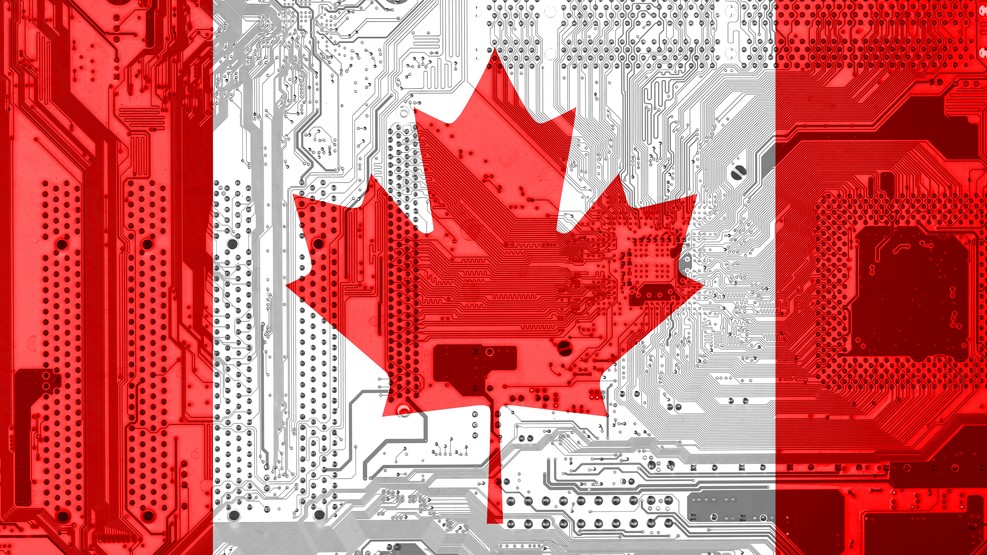Ever since 2012, when the American Bar Association amended the Model Rules of Professional Conduct to include a duty of technology competence, adoption has spread across the United States, with 37 states having now formally adopted some version of Model Rule 1.1, Comment 8.
But the U.S. is not alone in considering lawyers’ duty to understand the benefits and risks of technology. As I reported here way back in 2017, the Federation of Law Societies of Canada had proposed changes to its Model Code of Professional Conduct that would include a duty of technology competence similar to the ABA rule.
Now, the Federation has acted. On Oct. 19, it formally amended its Model Code to include a duty of technology competence. Similar to the ABA rule, the Federation’s duty is embodied in comments to its rule on maintaining competence, Rule 3.1-2. These new comments say:
[4A] To maintain the required level of competence, a lawyer should develop an understanding of, and ability to use, technology relevant to the nature and area of the lawyer’s practice and responsibilities. A lawyer should understand the benefits and risks associated with relevant technology, recognizing the lawyer’s duty to protect confidential information set out in section 3.3.
[4B] The required level of technological competence will depend on whether the use or understanding of technology is necessary to the nature and area of the lawyer’s practice and responsibilities and whether the relevant technology is reasonably available to the lawyer. In determining whether technology is reasonably available, consideration should be given to factors including:
(a) The lawyer’s or law firm’s practice areas;
(b) The geographic locations of the lawyer’s or firm’s practice; and
(c) The requirements of clients.
Just as individual states must adopt an ABA model rule, the individual Canadian provincial and territorial law societies must adopt this rule. Given the precedent of widespread adoption in the U.S., perhaps the same will happen in Canada.
Writing about this development at the Canadian legal blog Slaw, Amy Salyzyn, a legal ethics expert and associate professor at the University of Ottawa, Faculty of Common Law, says, “In many respects, the new language simply makes explicit what is implied in existing rules.”
Back when the ABA Commission on Ethics 20/20 first proposed the language that became Model Rule 1.1, Comment 8, it said something similar:
“The proposed amendment … does not impose any new obligations on lawyers. Rather, the amendment is intended to serve as a reminder to lawyers that they should remain aware of technology, including the benefits and risks associated with it, as part of a lawyer’s general ethical duty to remain competent.”
While that may be true, I believe that the act of making it explicit represented a sea change for the U.S. legal profession back in 2012, and that this move by the Federation will have the same effect in Canada.
Salyzyn praises the new rule for its embodiment of principles of proportionality, applying only to technology that is “necessary to the nature and area of the lawyer’s practice” and that is “reasonably available to the lawyer” in light of the lawyer’s practice area, location and clients’ requirements.
This language, she says, makes clear that the intent is not to require all lawyers to become tech-whizzes.
“The language does, however, recognize that being able to understand and use technology is now part of being a good lawyer, just like other skills like effective communication, research, writing and time-management skills. It has never been the case that being a competent lawyer simply means ‘knowing the law.'”
That makes sense. But there is potential danger in placing too much emphasis on proportionality and the nature of a lawyer’s practice. In virtually any type of matter these days, competent representation of a client requires broad knowledge of the technology issues that may affect that client and the client’s matter.
If lawyers see their duty to understand technology as limited, they may rely on that to limit their own learning, to the possible detriment of their clients.
But kudos to the Federation for adopting this change to its model code. Now it is up to the law societies to act.
[Postscript: The Federation maintains an interactive version of its Model Code, by which you can compare its provisions against the corresponding provisions of each provincial and territorial code.]
 Robert Ambrogi Blog
Robert Ambrogi Blog